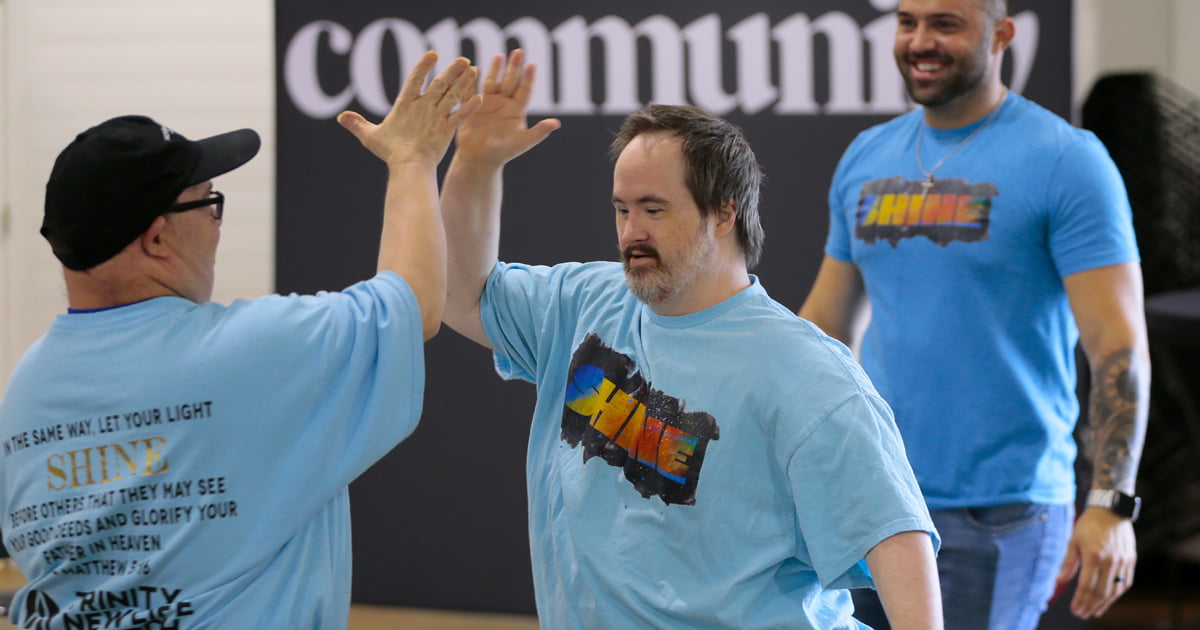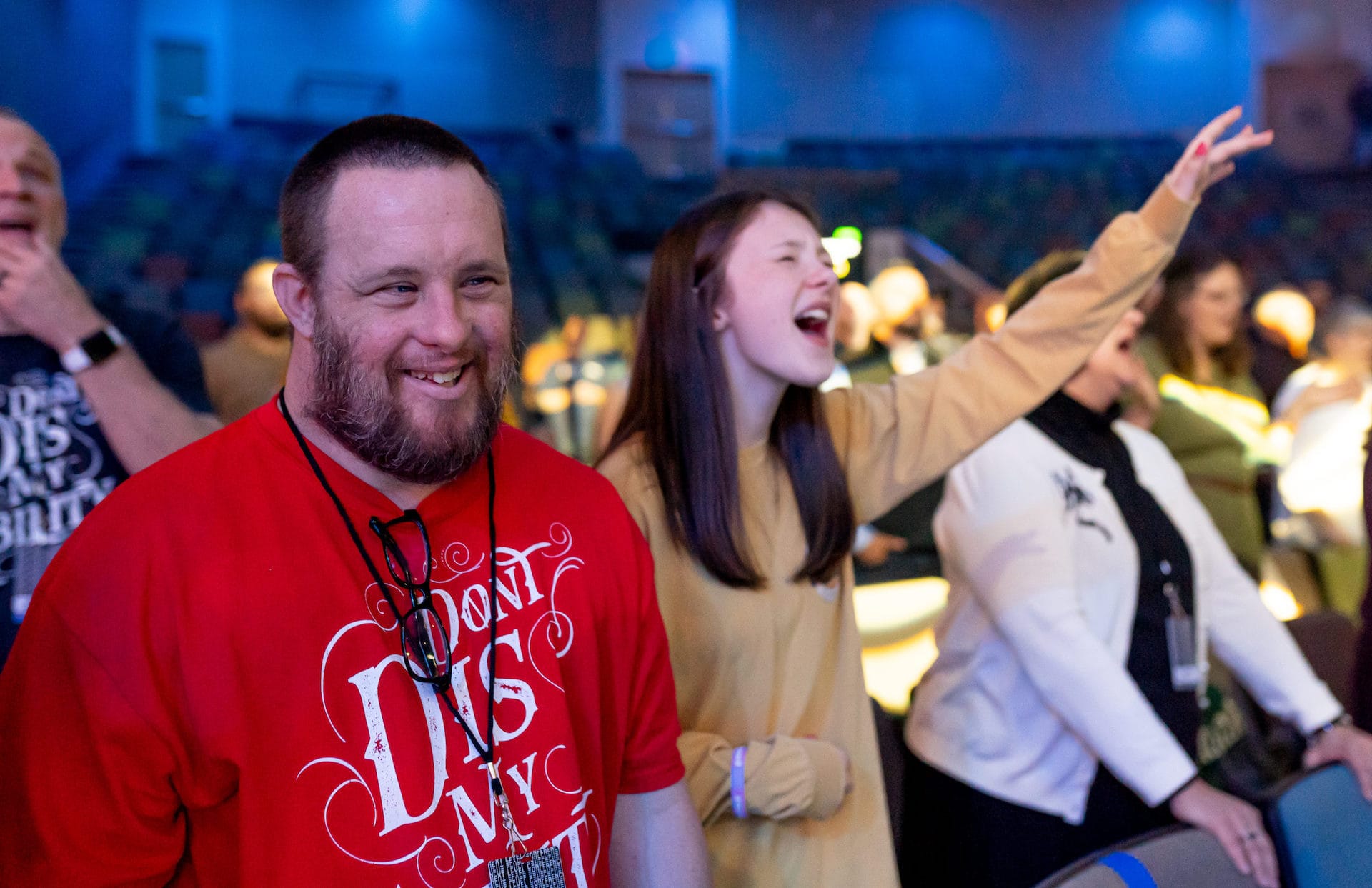

Effective communication with nonspeaking people requires creativity, patience, and empathy. Whether due to a developmental condition, physical impairment, or other factors, nonspeaking individuals often find alternative ways to connect. Here are ten strategies to facilitate meaningful communication:
1. Use Visual Aids
Visual communication tools like picture boards, flashcards, or apps with symbols and images can be effective. These aids allow nonspeaking individuals to point or indicate what they want to express, providing an accessible alternative to spoken language.
Suggested Resource: Visual Communication Card
2. Learn and Use Sign Language
Sign language is a powerful communication tool for nonspeaking individuals who can use their hands. Learning basic sign language can open a direct line of communication and show respect for their method of expression.
Suggest Resource: Biblical Terms in ASL and Basic Sign Language Training Video
3. Use Augmentative and Alternative Communication (AAC) Devices
AAC devices range from simple boards with pictures and letters to advanced speech-generating devices. These tools can give nonspeaking individuals the ability to communicate more complex thoughts and needs.
Suggested Resource: Visual Communication Card
4. Pay Attention to Body Language
Nonspeaking individuals often use gestures, facial expressions, and other forms of body language to convey their emotions and needs. Being observant and responsive to these cues can bridge communication gaps.
Suggested Resource: How Am I Feeling Today
5. Establish Eye Contact
Making eye contact is an important way to connect and show attentiveness. It also provides an opportunity to read emotions and intentions, even without words.
6. Be Patient and Give Time
Communication can be a slower process for nonspeaking individuals. Offering time and patience allows them to express themselves without feeling rushed or frustrated.
7. Use Written Communication
For those who can read and write, written communication, whether on paper or digital devices, can be an effective method of interaction. Text messages, note-passing, or typing can help convey thoughts and needs.
Suggested Resource: Visual Schedule
8. Incorporate Technology
There are various apps and software designed to assist nonverbal communication, including text-to-speech apps and communication apps tailored to different needs. These technologies can empower nonspeaking individuals by giving them a voice.
9. Adapt Your Speech
When speaking to someone who is nonspeaking, keep your language simple, clear, and concise. Avoid using too many complex sentences or jargon, and ensure your tone is calm and friendly to create a comfortable atmosphere.
Suggested Resource: Disability Etiquette
10. Encourage Autonomy and Respect Their Preferences
It’s essential to respect the communication preferences of nonspeaking individuals. Encourage autonomy by allowing them to lead conversations in the way that feels most comfortable for them, whether through gestures, devices, or other means.
Suggested Resource: Ministry Information Sheet
Communicating with someone who is nonspeaking is a process that involves understanding, creativity, and respect. By utilizing a variety of strategies and being attuned to the individual’s specific needs and preferences, you can foster meaningful connections that go beyond words.


